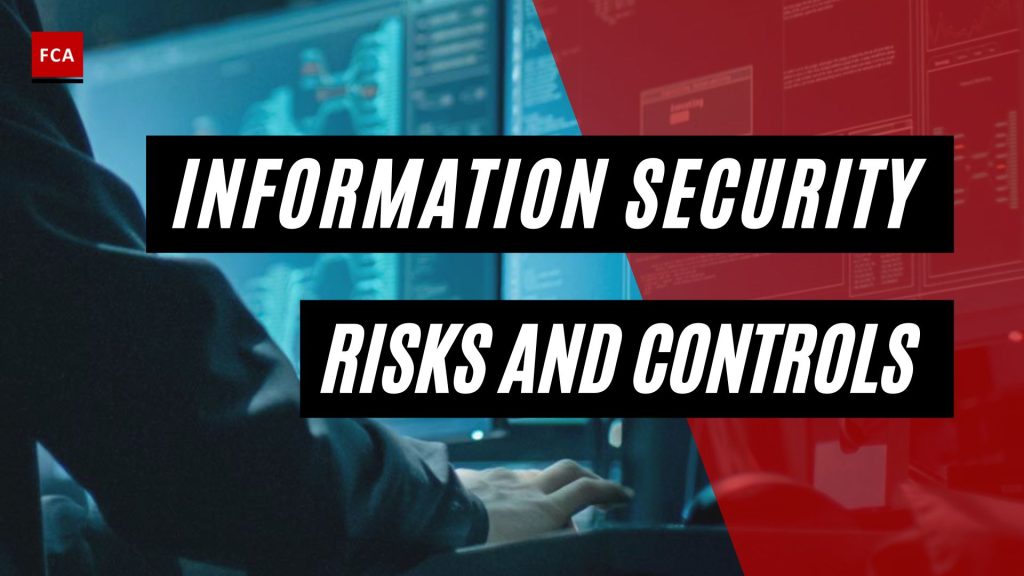The mapping of information security risks and controls with relevant risks are identified from different risk sources. Control mapping is essential to identify the unattended information security risks and the weak controls which require enhancement or replacement.
The organization’s management must identify and differentiate between preventive and detective internal controls. Preventive controls are built and implemented to prevent information security risk incidents. In contrast, detective controls detect the occurrence of information security incidents or data breaches.

Mapping of Information Security Risks and Controls
Management also identifies the general controls and differentiates these controls from the process-specific controls, which are built into the processes to prevent the occurrence of fraud. General controls are designed and implemented to support the organization, such as establishing IT processes to ensure that all departments use technology to perform their duties.
On the other hand, process-specific controls include using passwords, firewalls to protect the networks, restricted access to confidential data or information, etc., built into the technology infrastructure to ensure all cyberattacks and information losses are avoided.
Management develops information security policies and procedures to ensure that all process-specific information security controls are documented for employees in different departments. Once all the information security controls are documented in policies and procedures, the identified security risks are related to the process-specific and general controls. This interrelation helps identify gaps and weak controls to mitigate information security risks.

On the identification of weak information security controls, the initiatives are taken by management to design and establish robust information security controls, which are necessary to mitigate data and information asset losses.
For example, the cybersecurity or information security team shall authorize access to confidential information to the employees based on the need to use the data for official purposes. Different access rights shall be established for different levels of employees working in the organization. These rights may include read-only rights, data editing rights, data view rights, etc. Such authorization limits will require the approval of the information security team or head of information security, which reduces the risks of information security by the employees.
Final Thoughts
Control mapping simplifies risk management and lessens the burden on risk management and compliance teams. They can evaluate internal controls for a single regulation and then map those controls to multiple frameworks. Risk teams can save time and effort by assessing and mapping controls only once.








